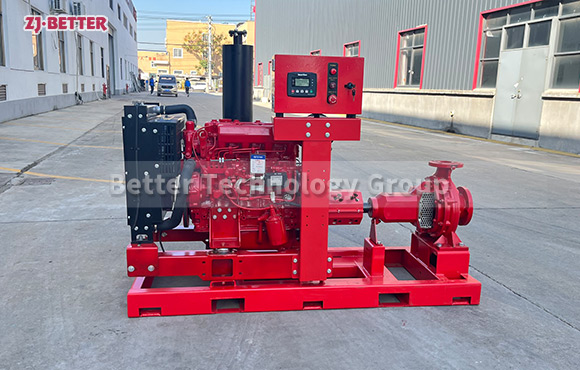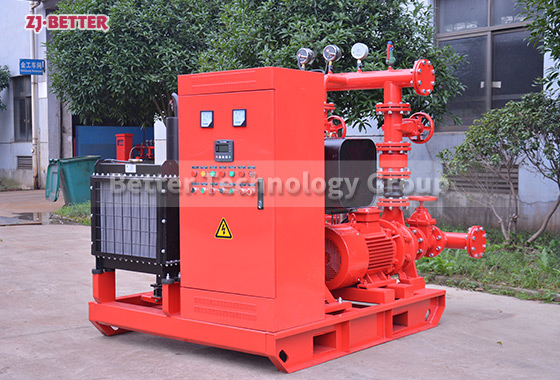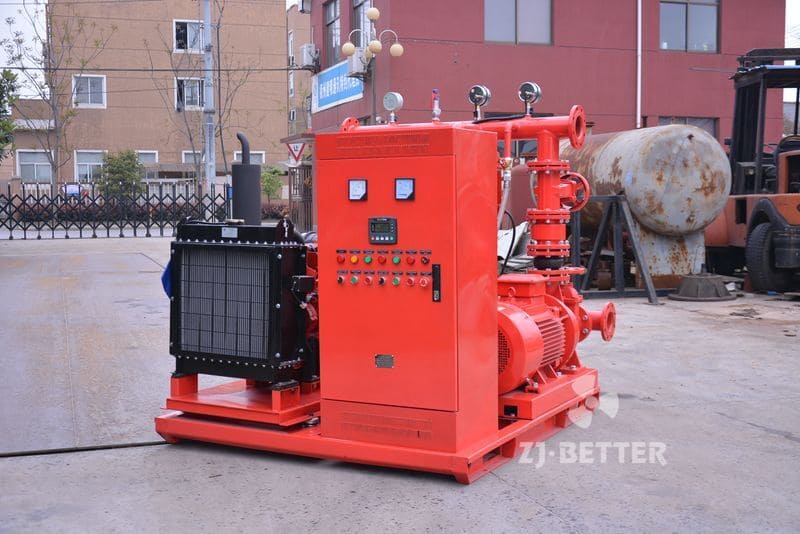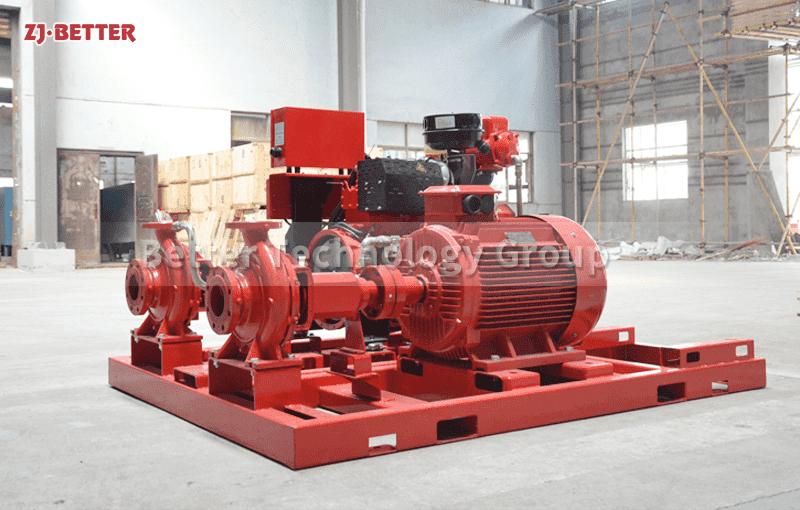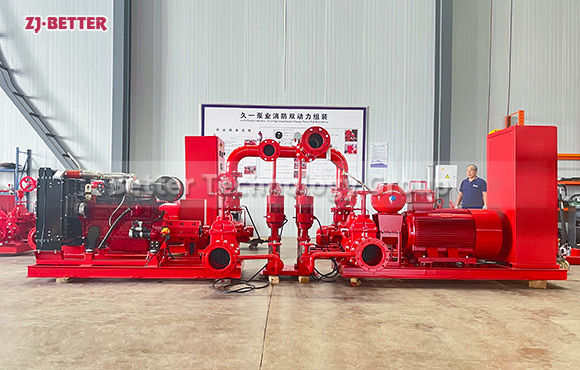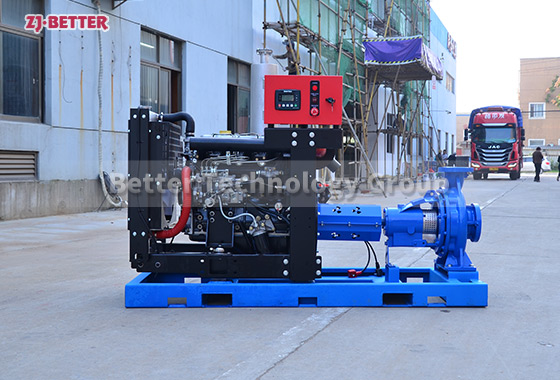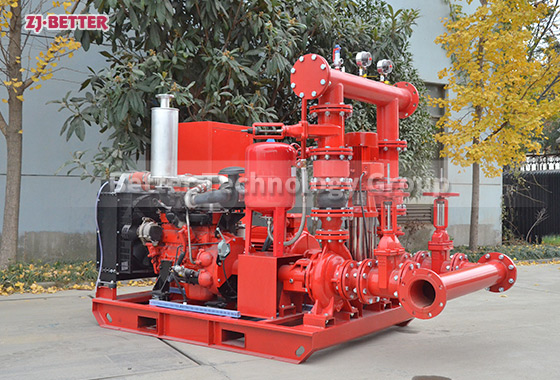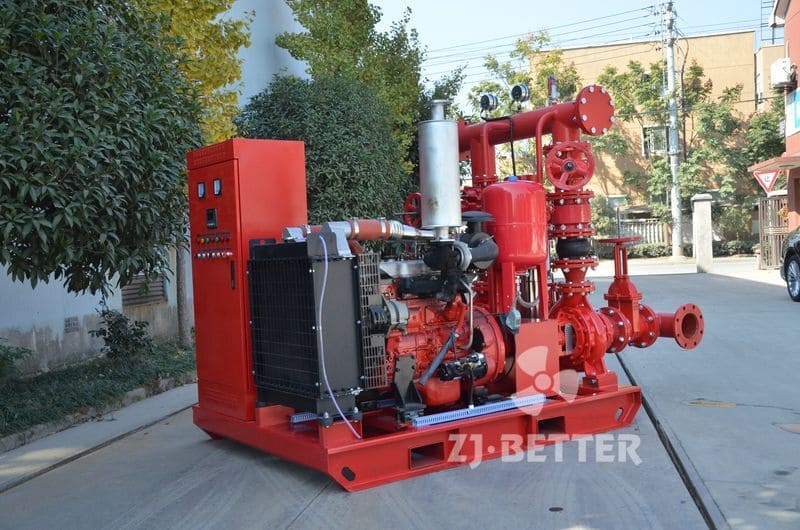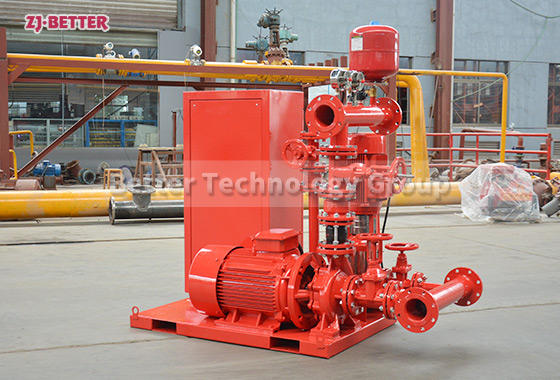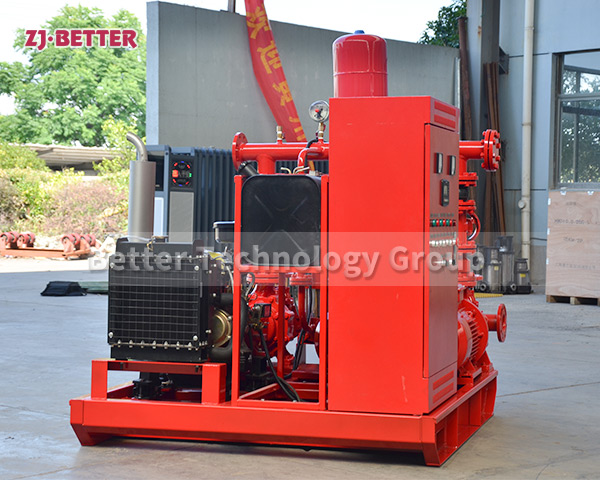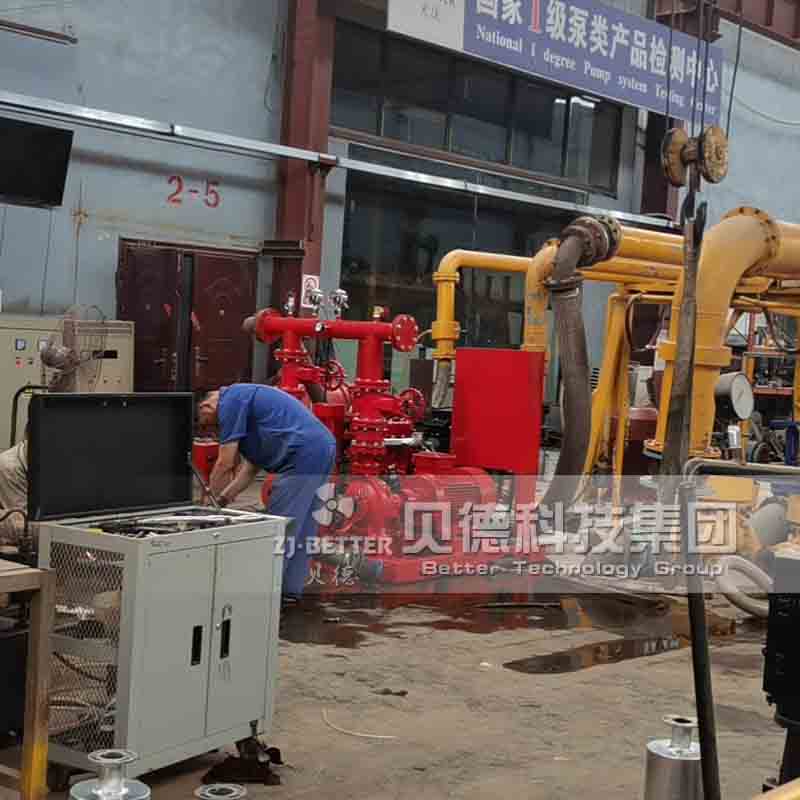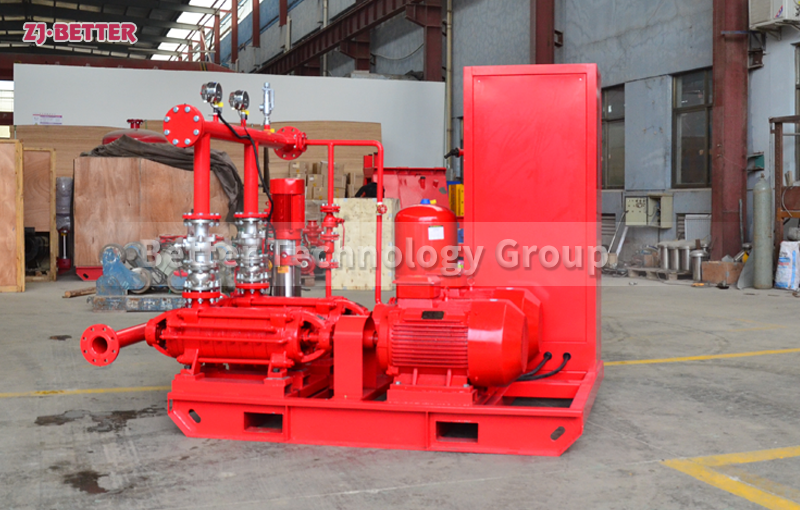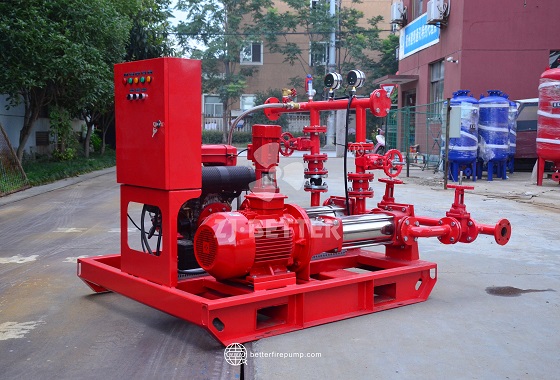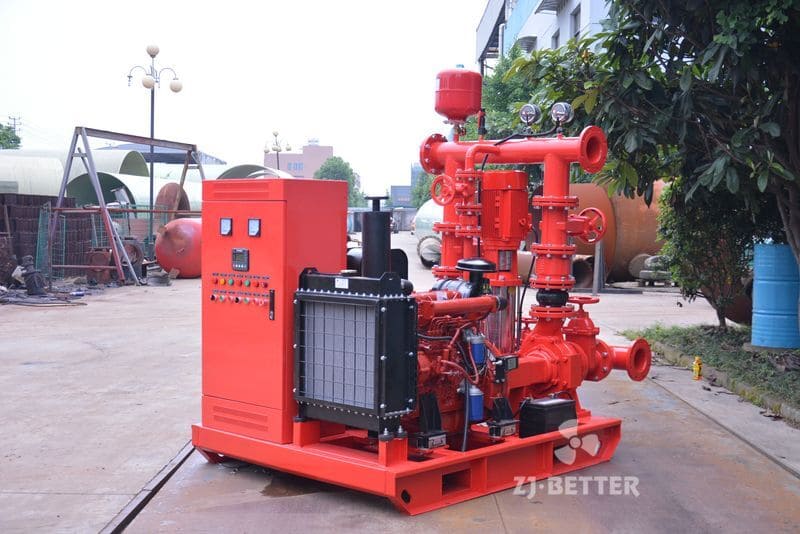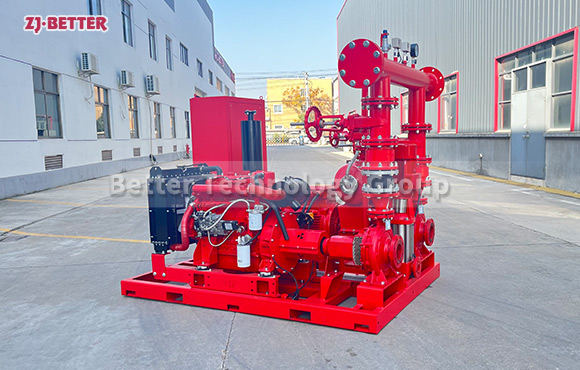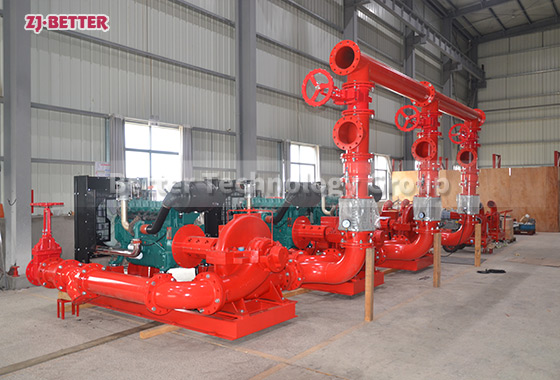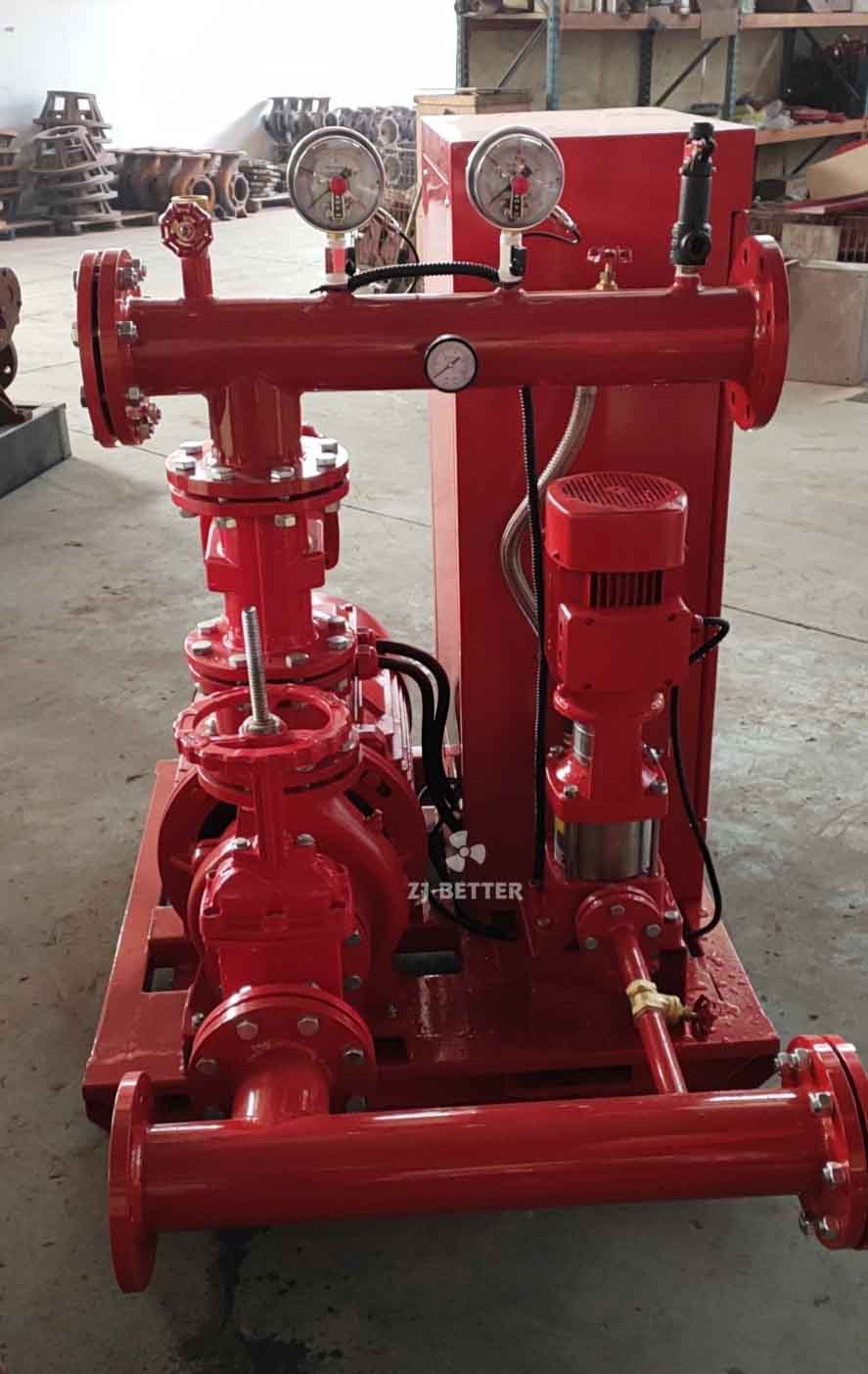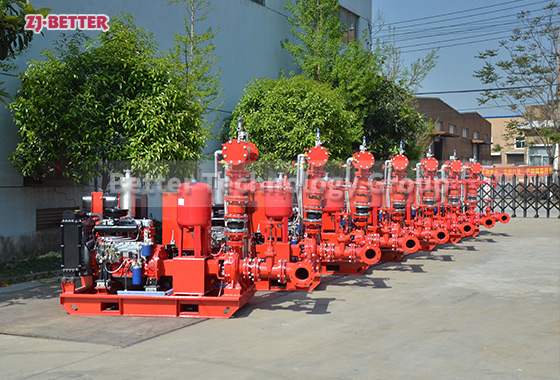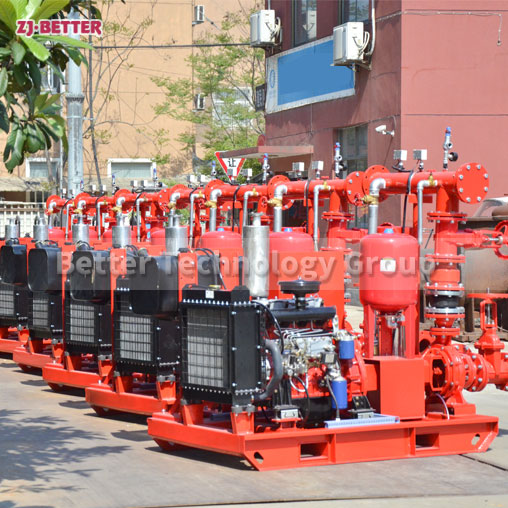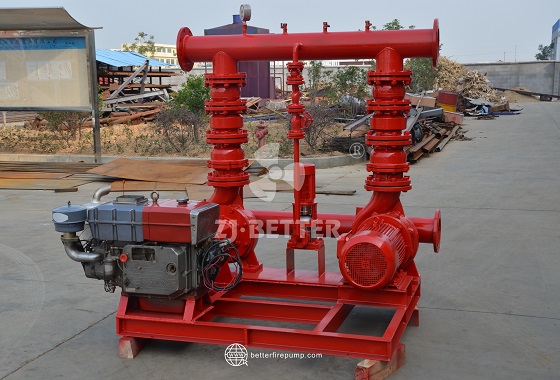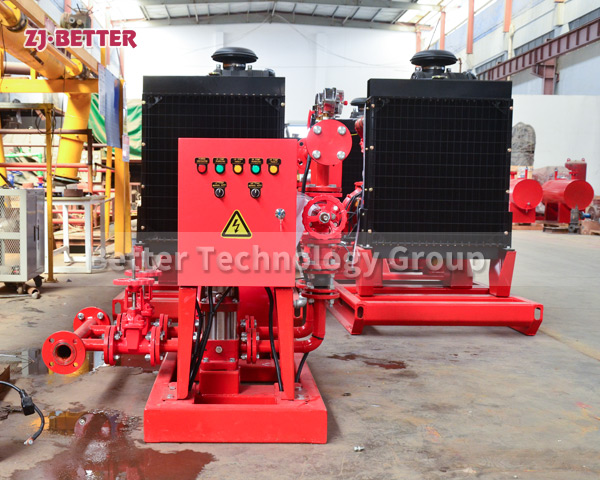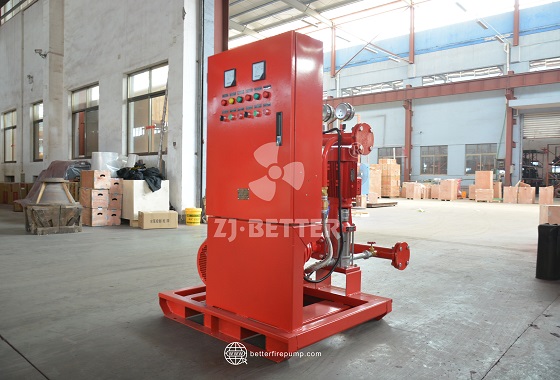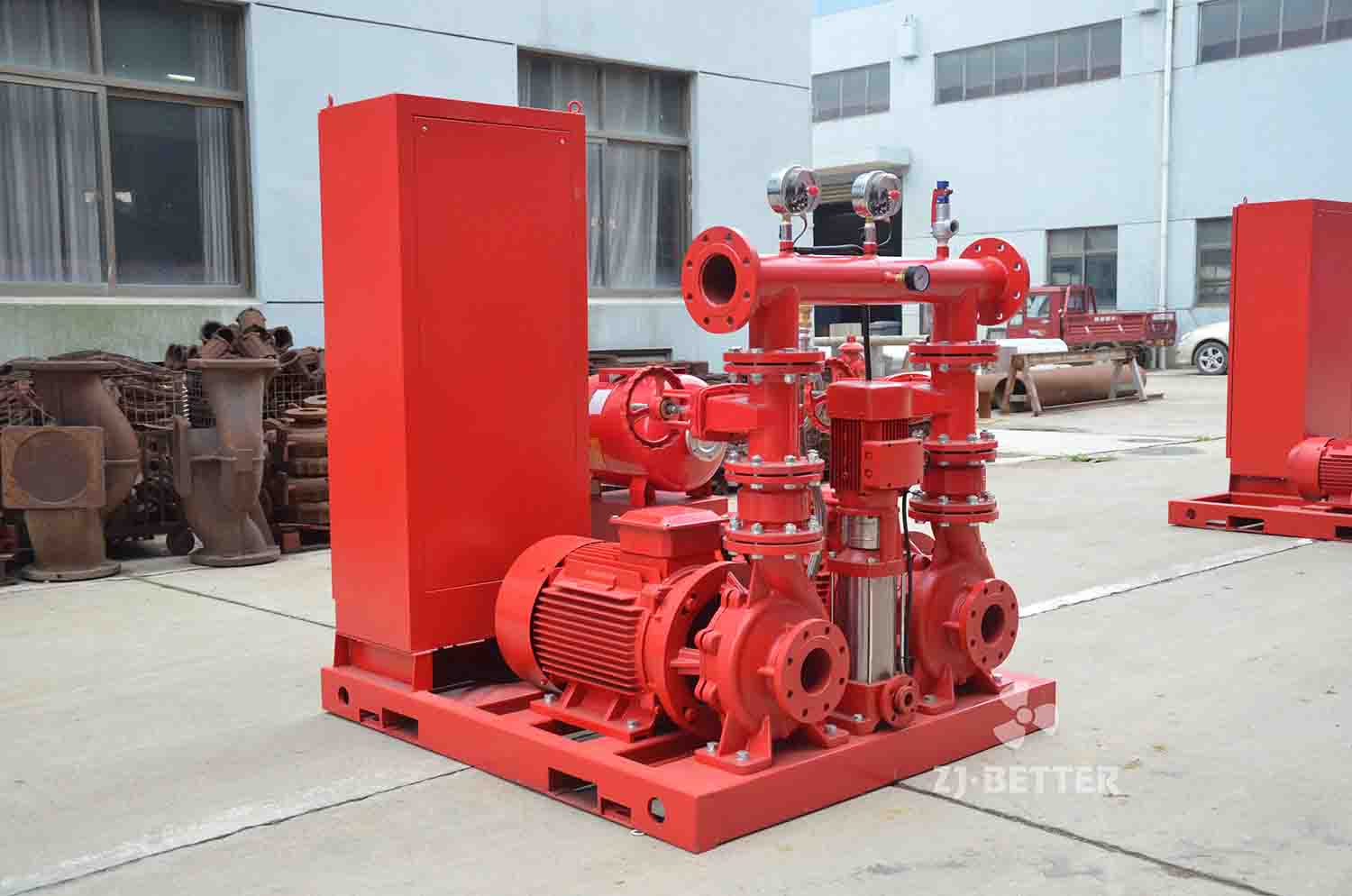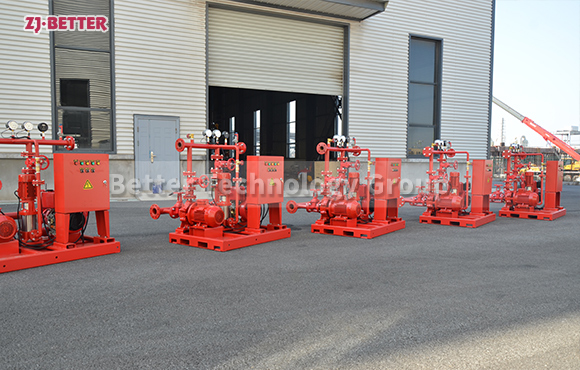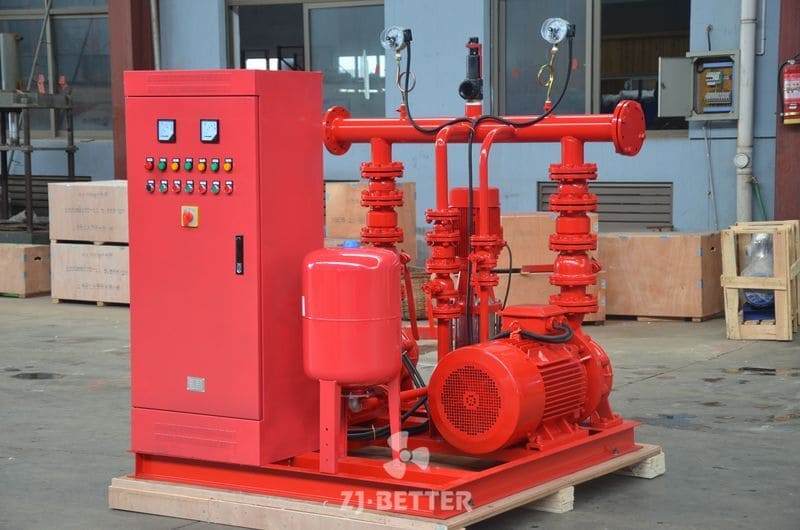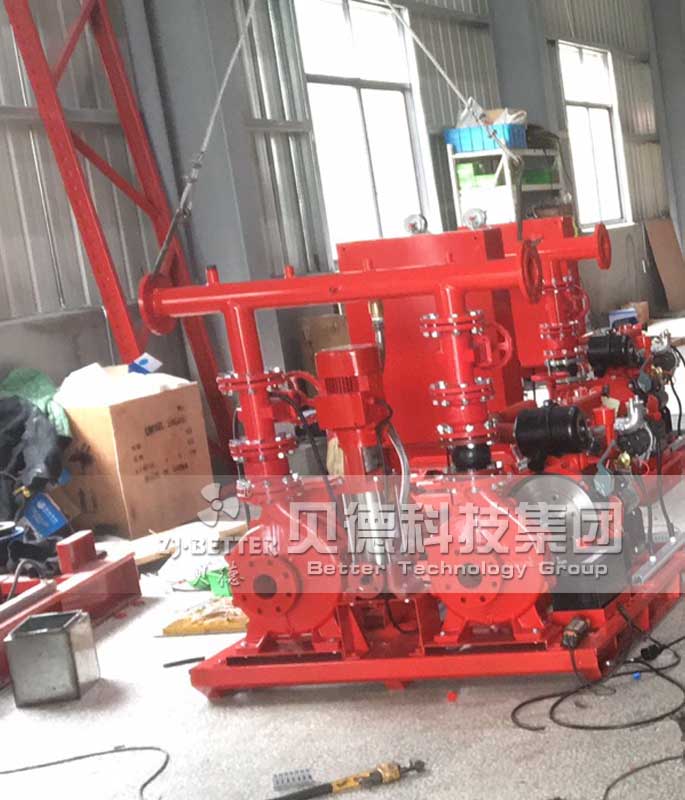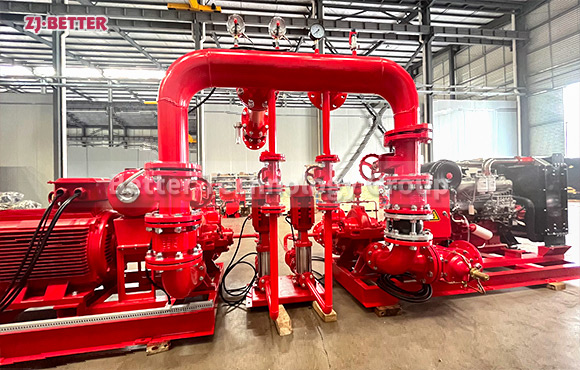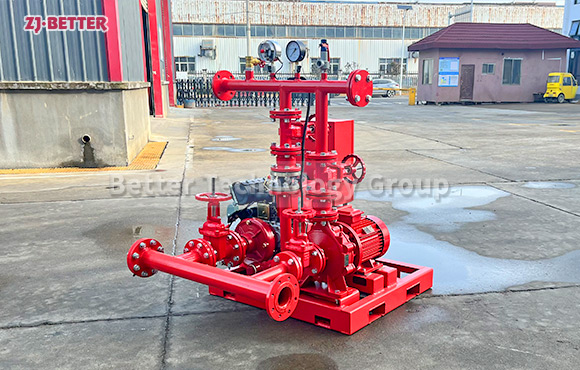How much is the lift of the fire pump suitable?
The lower the pumping head of the fire pump, the smaller the motor load. Under the misleading of this kind of misunderstanding, when purchasing a water pump, the head of the water pump is often selected to be very high. In fact, for centrifugal water pumps, when the pump model is determined, the power consumption is proportional to the actual flow of the pump. The flow rate of the water pump will decrease with the increase of the head, so the higher the head, the smaller the flow rate and the smaller the power consumption. Conversely, the lower the lift, the greater the flow and the greater the power consumption. Therefore, in order to prevent the motor from overloading, it is generally required that the actual pumping head of the pump should not be lower than 60% of the calibrated head.
The lower the pumping head of the fire pump, the smaller the motor load. Under the misleading of this kind of misunderstanding, when purchasing a water pump, the head of the water pump is often selected to be very high. In fact, for centrifugal water pumps, when the pump model is determined, the power consumption is proportional to the actual flow of the pump. The flow rate of the water pump will decrease with the increase of the head, so the higher the head, the smaller the flow rate and the smaller the power consumption. Conversely, the lower the lift, the greater the flow and the greater the power consumption. Therefore, in order to prevent the motor from overloading, it is generally required that the actual pumping head of the pump should not be lower than 60% of the calibrated head.


